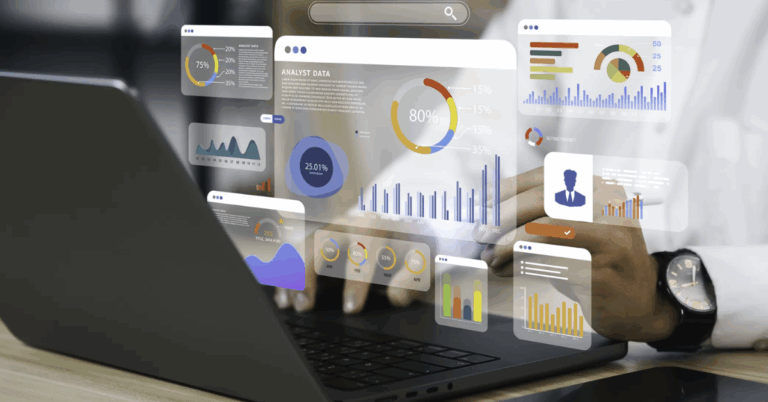Data Visualization Techniques for Effective Business Insights
my 99 exch, laser book 247 com registration, yolo247 club login: Data visualization techniques play a crucial role in helping businesses gain valuable insights from their data. By presenting complex data in a visual format, such as charts, graphs, and maps, organizations can more easily identify trends, patterns, and relationships that may not be apparent in raw data. In this article, we will explore different data visualization techniques that can help businesses make informed decisions and drive growth.
1. Why Data Visualization is Important for Businesses
Data visualization is essential for businesses because it allows them to communicate information clearly and effectively. Visualizations can help stakeholders quickly grasp key insights, trends, and patterns within the data, enabling them to make more informed decisions. By using visual representations of data, businesses can identify opportunities, detect problems, and track progress towards their goals.
2. Types of Data Visualization Techniques
There are several types of data visualization techniques that businesses can use to gain insights from their data. Some common techniques include:
– Bar Charts: Bar charts are a simple and effective way to compare data across categories. They are useful for showing trends over time or comparing different groups.
– Line Charts: Line charts are great for visualizing trends and patterns in data. They are commonly used to show how a variable changes over time.
– Pie Charts: Pie charts are ideal for displaying a part-to-whole relationship. They are useful for showing the proportion of each category in a dataset.
– Scatter Plots: Scatter plots are used to show the relationship between two variables. They are helpful for identifying correlations and outliers in the data.
– Heat Maps: Heat maps are useful for visualizing large datasets. They use color gradients to represent data values, making it easy to identify patterns and trends.
3. Best Practices for Effective Data Visualization
To create effective data visualizations, businesses should follow some best practices. These include:
– Simplify the design: Avoid cluttering your visualizations with unnecessary elements. Keep the design clean and focused on the key insights.
– Choose the right chart type: Select the appropriate chart type based on the data you want to visualize and the insights you want to convey.
– Use color strategically: Use color to highlight important data points and trends. Avoid using too many colors, as this can make the visualization confusing.
– Provide context: Always provide context for your visualizations to help viewers understand the data and its significance.
4. Tools for Data Visualization
There are many tools available that can help businesses create compelling data visualizations. Some popular tools include Tableau, Power BI, Google Data Studio, and D3.js. These tools offer a wide range of features and capabilities for creating interactive and dynamic visualizations.
5. Case Studies
To illustrate the importance of data visualization techniques for businesses, let’s look at a couple of case studies:
– Company A used a combination of line charts and bar graphs to analyze sales data over time. By visualizing sales trends, they were able to identify seasonal patterns and adjust their marketing strategies accordingly, leading to a significant increase in revenue.
– Company B used heat maps to visualize customer engagement on their website. By tracking user behavior and interactions, they were able to optimize their website layout and improve the overall user experience.
6. Conclusion
Data visualization techniques are essential for businesses looking to gain insights from their data and make informed decisions. By using the right visualization techniques and tools, organizations can unlock valuable insights that can drive growth and success.
FAQs
1. What is data visualization?
Data visualization is the graphical representation of data to help users understand complex information.
2. Why is data visualization important for businesses?
Data visualization helps businesses communicate information clearly, identify trends, patterns, and relationships in the data, and make informed decisions.
3. What are some common data visualization techniques?
Some common data visualization techniques include bar charts, line charts, pie charts, scatter plots, and heat maps.
4. What are some best practices for effective data visualization?
Best practices for effective data visualization include simplifying the design, choosing the right chart type, using color strategically, and providing context for the data.
5. What are some popular tools for data visualization?
Popular tools for data visualization include Tableau, Power BI, Google Data Studio, and D3.js.
In conclusion, data visualization techniques are essential tools for businesses seeking to gain insights from their data and drive growth. By using the right visualization techniques and tools, organizations can unlock valuable insights that can help them make informed decisions and achieve their goals.







